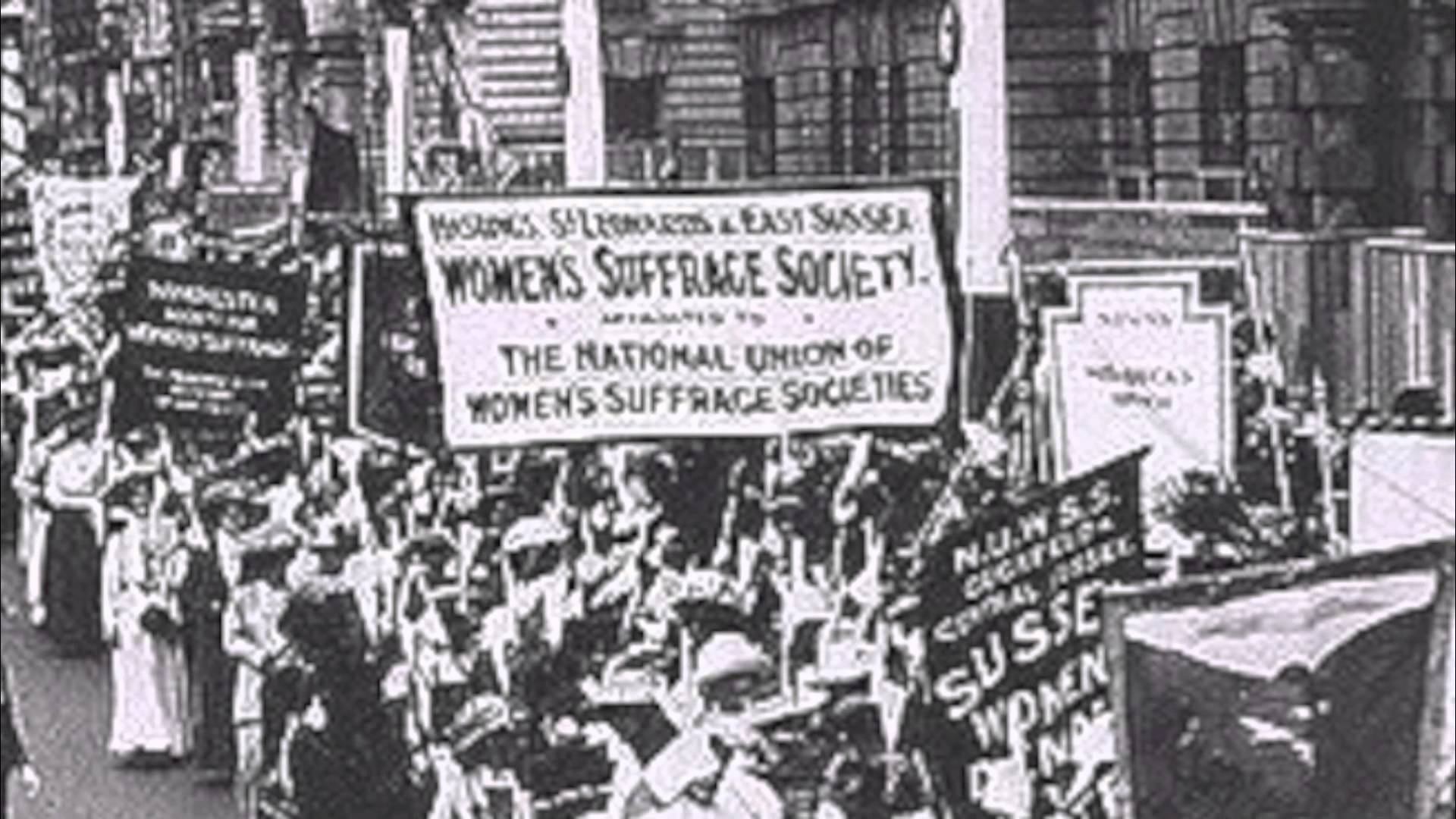Sign up for FlowVella
Sign up with FacebookAlready have an account? Sign in now
By registering you are agreeing to our
Terms of Service
Loading Flow


As a result, the Suffragettes became more extreme. The most famous act associated with the Suffragettes was at the June 1913 Derby when Emily Wilding Davison threw herself under the King’s horse, Anmer, as it rounded Tattenham Corner.
She was killed and the Suffragettes had their martyr. However, her actions probably did more harm than good to the cause as she was a highly educated woman. Many men asked the simple question – if this is what an educated woman does, what might a lesser educated woman do? How can they possibly be given the right to vote?
It is possible that the Suffragettes would have become more violent. They had, after all, in February 1913 blown up part of David Lloyd George’s house – he was probably Britain’s most famous politician at this time and he was thought to be a supporter of the right for women to have the vote!
However, Britain and Europe was plunged into World War One in August 1914. In a display of patriotism, Emmeline Pankhurst instructed the Suffragettes to stop their campaign of violence and support in every way the government and its war effort.
The work done by women in the First World War was to be vital for Britain’s war effort.
In 1918, the Representation of the People Act was passed by Parliament: it was the start of female suffrage in Great Britain.
It gave women of property (= possidenti) over the age of 30 the right to vote – not all women, therefore, could vote – but it was a major start.
